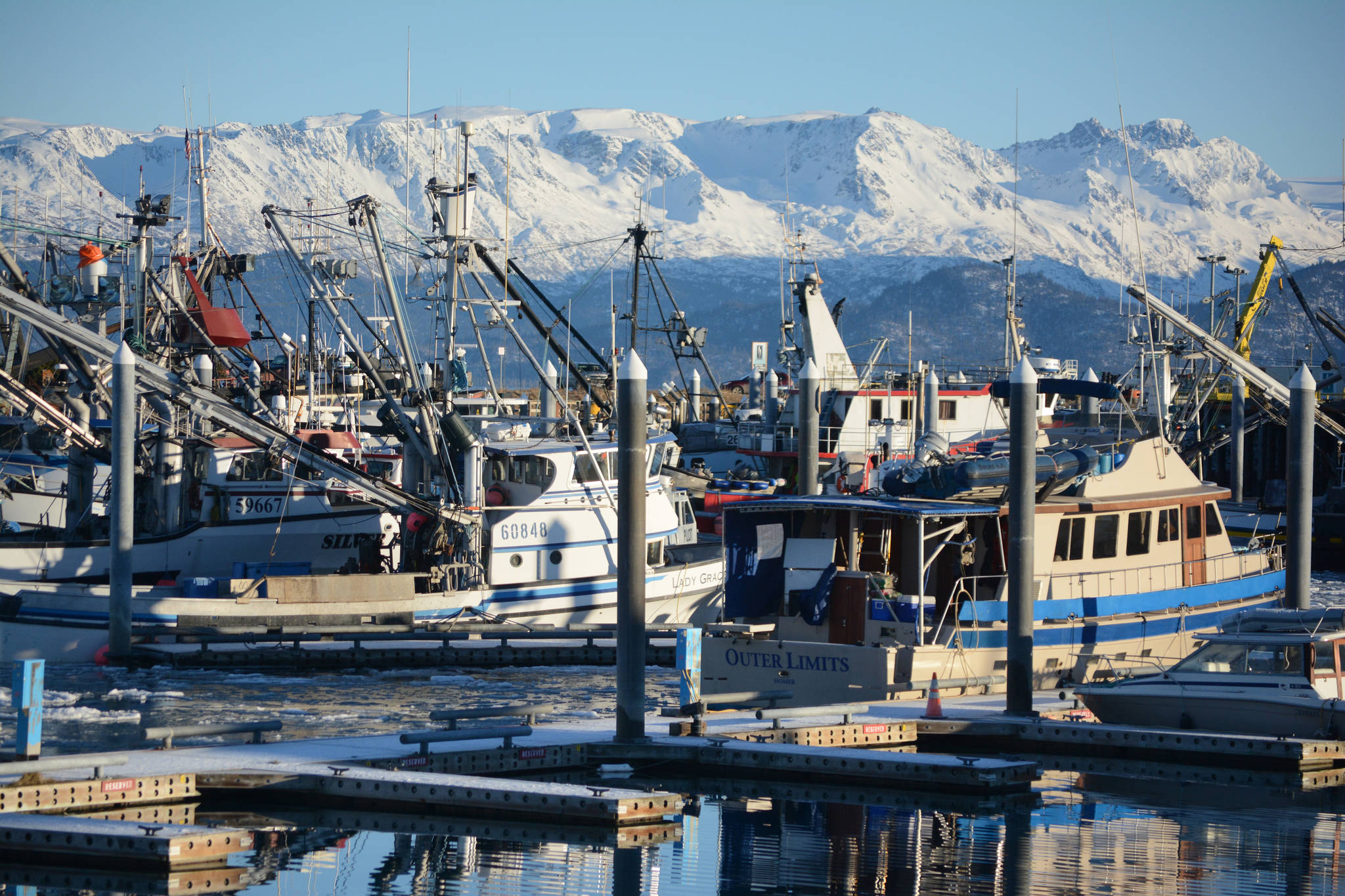In the midst of legal uncertainty about where the drift fleet will be allowed to fish next summer, the Alaska Department of Fish and Game is forecasting another dismal sockeye return in Upper Cook Inlet.
The 2022 run is forecast to see about 5 million fish, with a harvest of about 3 million between commercial, personal use, sport and subsistence.
That return would be a million fish fewer than 2021, although that run came in 36% above the forecast.
ADF&G says it has over-estimated the UCI run by 5% over the last five years, but that falls within a range of under-estimating as much as 45% and over-estimating 27%.
The Kenai River, main driver of the fishery, is expected to see a return of 2.9 million sockeye, 794,000 fis, which is 21% lower than the last 20-year average, but tellingly only 19,000 below the last five-year average.
The bulk of the Kenai run, 71%, is expected to be age 1.3, meaning they spend one year in fresh water and three in the ocean before spawning.
The upper end of the escapement goal for the Kenai River is 1.2 million fish, although that has been exceeded for several years.
The Kasilof River is expecting a return of 941,000 sockeye, which is down 5% from the 20-year average but up 22% from the five-year average.
Those fish are expected to be a broader age range, from 1.2 to 1.3 to 2.2, with 1.3s accounting for 43%.
The drift fishery is in legal limbo while United Cook Inlet Drift Association seeks an injunction to prevent the federal government from closing waters beyond 3 miles, known as the Economic Exclusion Zone, to commercial salmon fishing.
UCIDA president David Martin said last month that they have asked the court to rule by May 15, but it was looking more likely to by June 15, leaving fishermen and processors scant time to prepare for whatever the outcome may be.
Management will undoubtedly be a challenge regardless, especially if the EEZ remains closed, which would make it difficult to manage escapement levels with the setnet fleet frequently restricted due to Kenai River king salmon numbers.
Add to that the likelihood that a substantial portion of the drift fleet will stay on the beach due to being stuck within 3 miles of shore for the season, and managers will have few options.
Cristy Fry can be reached at realist468@gmail.com



